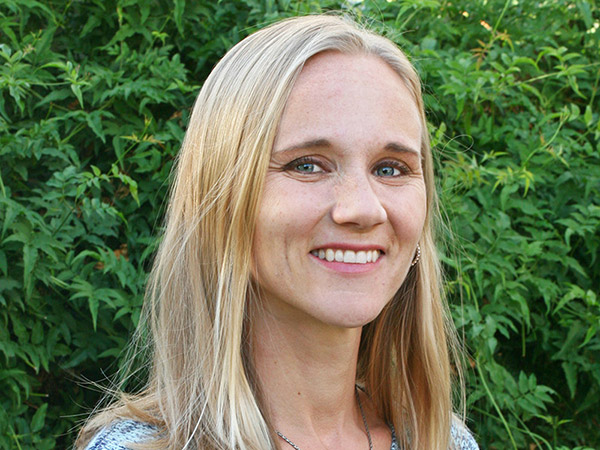
Last month CE4Less.com was kind enough to offer a free class on treatment for PTSD in veterans in honor of Veteran’s Day. I learned so much from this class that I’ve changed my strategy in dealing with trauma in general. While we rarely work with veterans at Teen Therapy OC, it has been easy to apply the techniques to adolescent and young adult clients.
The class introduced Cognitive Processing Therapy. This is a prescripted, step by step process of working through trauma that has led to nightmares, flashbacks, intrusive thoughts, hypervigilence, fear, anxiety, insomnia, and/or the depression associated with PTSD. So far my clients with PTSD have responded positively to this protocol.
I think in the case of my clients who are in the middle of the CPT treatment, they feel better because CPT doesn’t require them to talk directly about the events that occurred. It instead allows the client to explore how the events are affecting them today. It lets them find out what internalized messages related to trust, relationships, self-governance, and boundaries have come out of the trauma. Many clients don’t realize they are living by a set of “rules” they created for themselves as a result of their trauma. These rules are almost always self-protective in a way that doesn’t adapt well to their current life.
Here’s an example modified to keep complete confidentiality for my clients: When Jane was 16 she got drunk at a high school party. She was not so drunk that she blacked out the experience. She remembers making out with a guy who nobody else seemed to really know at the party. He convinced her to go out to his car. When they were there, Jane was assaulted by this guy and it really scared her. She got home safely, but Jane didn’t tell anyone what happened. A few months later she began to have nightmares. She became jumpy when friends at school tried to hug her. She started to feel withdrawn, fearful, and powerless. She also felt paranoid each time she saw a black SUV drive by that it could be this guy in his car. Six months after the assault, Jane felt like she’d lost herself to a prison of anxiety, flashbacks, and a sense that the world could not be trusted.
Jane came to counseling and was diagnosed with PTSD. She was relieved to know there was an explanation, but she didn’t know what to do to get her life back. She didn’t feel ready to share details of the event because that felt too overwhelming. She was thankful she could start CPT without going into detail about her trauma. She was able to complete the first steps (impact statement and stuck points) and already see there was a light at the end of the tunnel.
In no way do I profess to be an expert at the administration of CPT just because I took one class. There are therapists with more training in this treatment protocol. I do have extensive experience with teenagers though, and some begin therapy to talk about what they think is bothering them only to discover their symptoms are in response to a trauma. I’m incredibly grateful to have this tool available to help. It seems to be working well. I’m also grateful to the Dept. of Veteran’s Affairs for making these tools free to clinicians so they can guide their clients through this process.
Helping teens grow and families improve connections,
Lauren Goodman, MS, MFT


